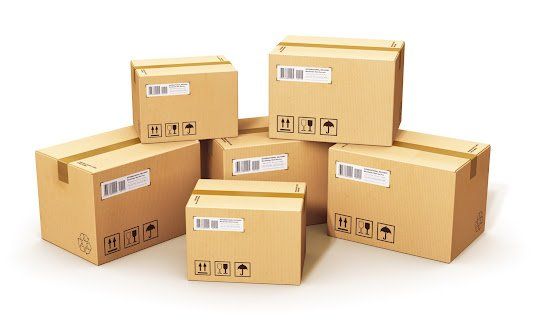How Can Cycle Counts Tame the Beast of Inventory Management?
Admin • April 17, 2020

As your company grows and expands, managing inventory becomes more and more important. With inventory growing alongside sales, you have to form new ways to ensure that materials are turning over at the right rate, that you are meeting demand, and that you purge inventory when necessary.
One way to keep track of inventory and ensure accuracy is known as cycle counting. What is cycle counting? And how can you implement it in your business? Here are a few answers.
What Is Cycle Counting?
Inventory counting is done to ensure that actual inventory matches up with expected inventory — what the books say you should have on hand. But a full inventory is a huge production for most businesses. To get an accurate number for the whole inventory collection, you may need to stop production, assign extra staff, and interrupt order fulfillment.
An alternative is to divide inventory into categories — as many as you need — so that only a small portion of the work must be affected in order to do a count. After that section is completed, you would move on to the next and so forth. Once all the sections have been inventoried, the cycle starts over again.
Why Is Cycle Counting Valuable?
Cycle counts turn inventory tracking into a more manageable project. Rather than needing to undertake an entire review, you can focus on just one small part of the production. If a company has little time to set aside for inventory counts, this is a good way to sneak it into regular business.
The cycle also creates a sort of auditing process at any given time. If you conduct a small count of one category, such as raw metals, and your physical count is significantly less than the records indicate, you know that there is a problem even without spending all your time on a full count. If those numbers are correct, though, you can continue to sample other inventory with more confidence.
With this sampling method, the business can identify problems without a full-stop inventory. The raw metal discrepancy might be traced to employee loss, for instance, and you can get to the root of the problem without wasting time and money on a large inventory project.
How Is Cycle Counting Done?
So, if cycle counting could make management easier, how can you get started? The method for creating a cycle depends on each company's usage and needs. You have an almost limitless choice in designing sample sizes, grouping, and time frames.
For instance, many companies create several groups based on usage levels or turnover rather than product description. By counting the items that are used or sold most frequently — Group A — the company focuses on the most likely category of problems and the more valuable section of inventory. You might then categorize lower-turnover items into groups B and C that are counted less frequently.
You might also use a cycle to create sample audits — both random and controlled — within categories. By auditing a select portion of Group A goods repeatedly, you further identify discrepancies with less work. If the same problems show up as you audit samples from Groups B and C, you will know how widespread the issue is.
Where Can You Learn More?
If cycle counts sound like a worthwhile idea for your inventory, consult with a professional service about how to implement them. At JBS Logistics, our warehousing and fulfillment services use the latest technology in inventory management to ensure correct counts and identify problems before they affect your business. Call today to learn more about cycle counting's impact on your bottom line.















